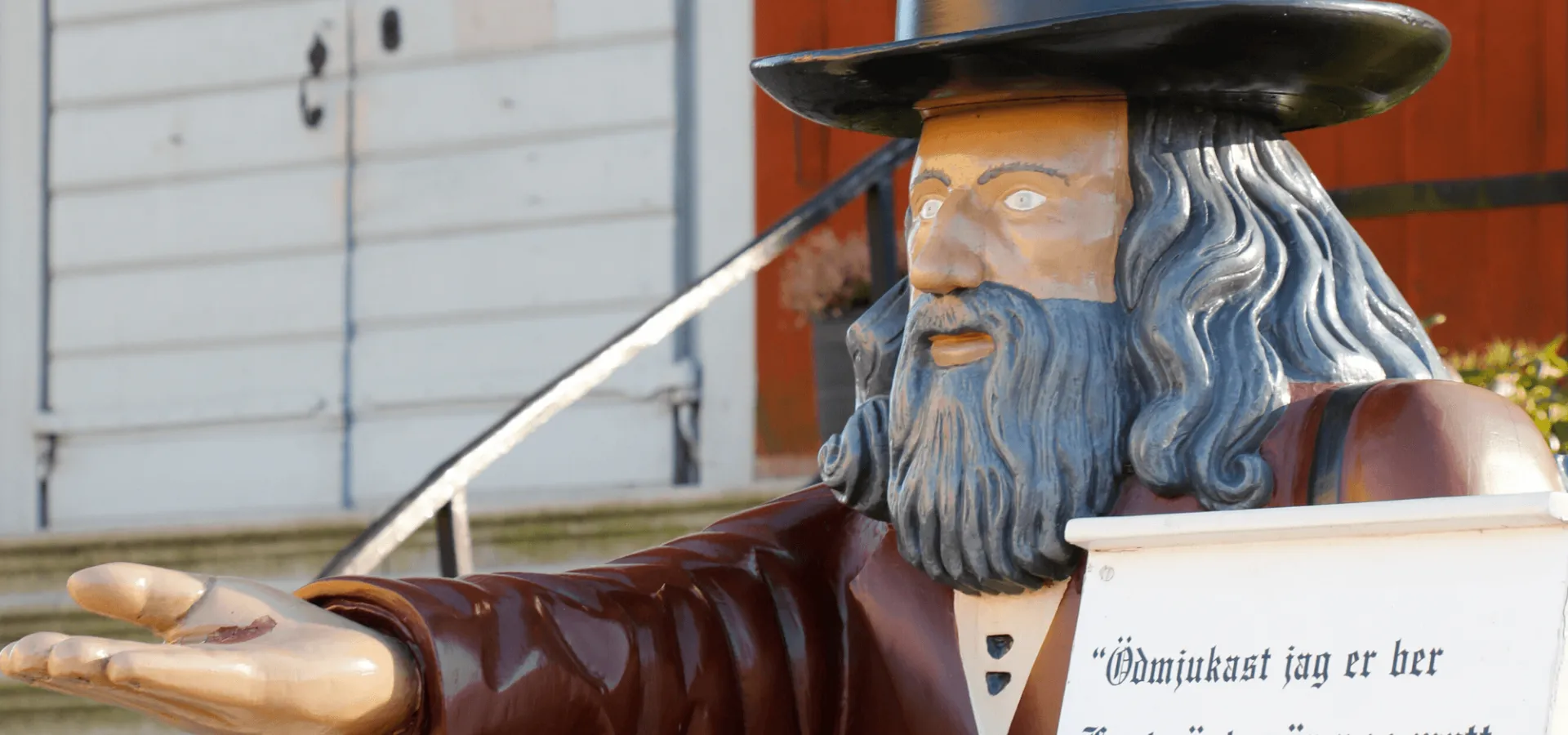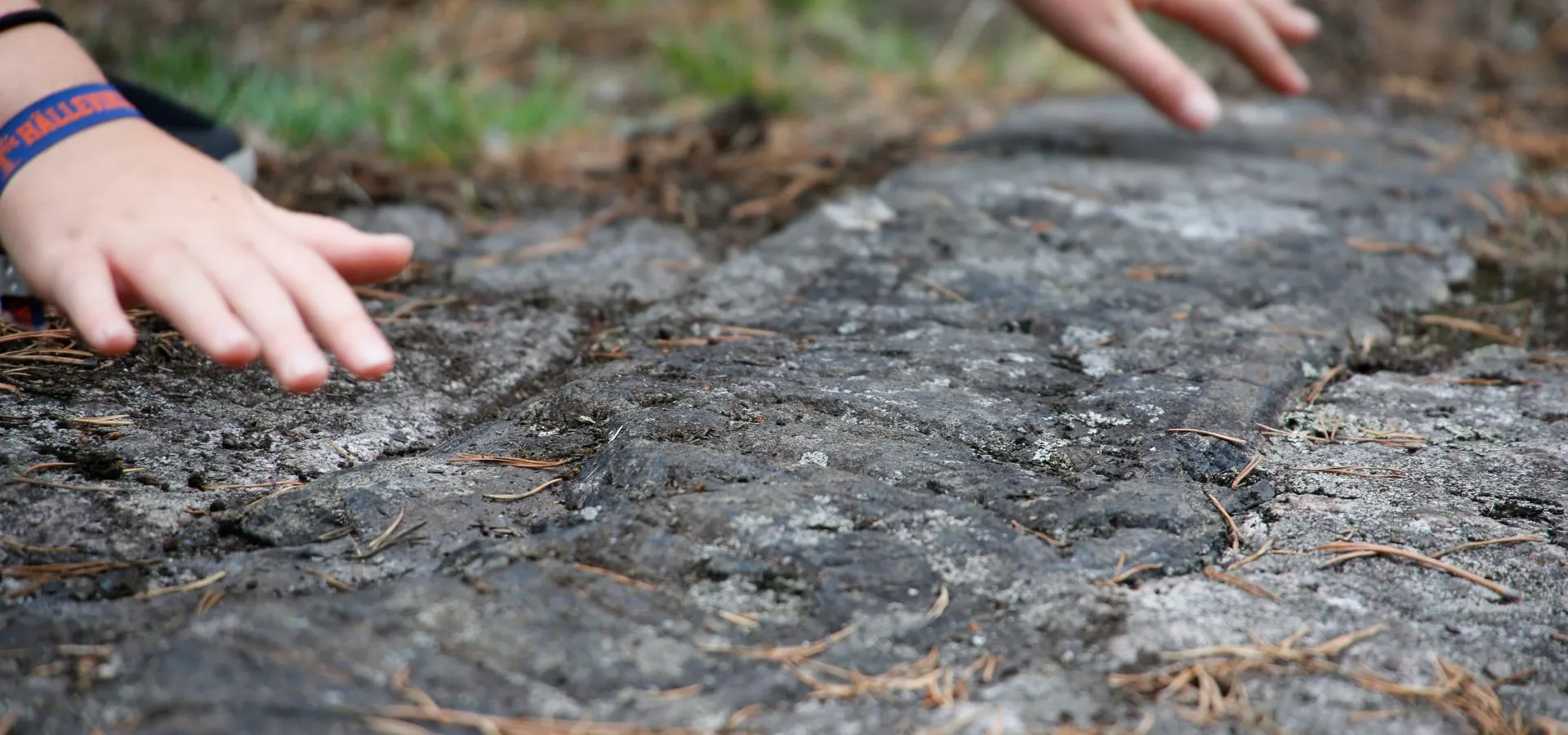It all began in Blekinge
In the quiet south of Sweden lies Blekinge – a place where history feels alive. Between deep forests and the Baltic Sea, people have lived and thrived for over 9,000 years. This is where Sweden’s story began.
Where the Nordic story starts
At Vesan near Sölvesborg, archaeologists found Northern Europe’s oldest fish fermentation site. It proves early people here mastered preservation, community and survival – long before written history.
Legends carved in the coast
On Hanö Island, myths meet maritime heritage. Ronneby Church still bears axe marks from the brutal battle of 1564. In Karlskrona, Sweden’s grand naval dreams became reality – now a UNESCO World Heritage city surrounded by sea and silence.
Authentic, timeless, human
Blekinge isn’t polished or crowded. It’s genuine – a landscape where stories, people and nature flow together. Every path leads to the past, and every moment connects you to something real.
Blekinge – where history breathes and the sea remembers.
Plan your journey to Blekinge – Sweden’s story by the sea.


